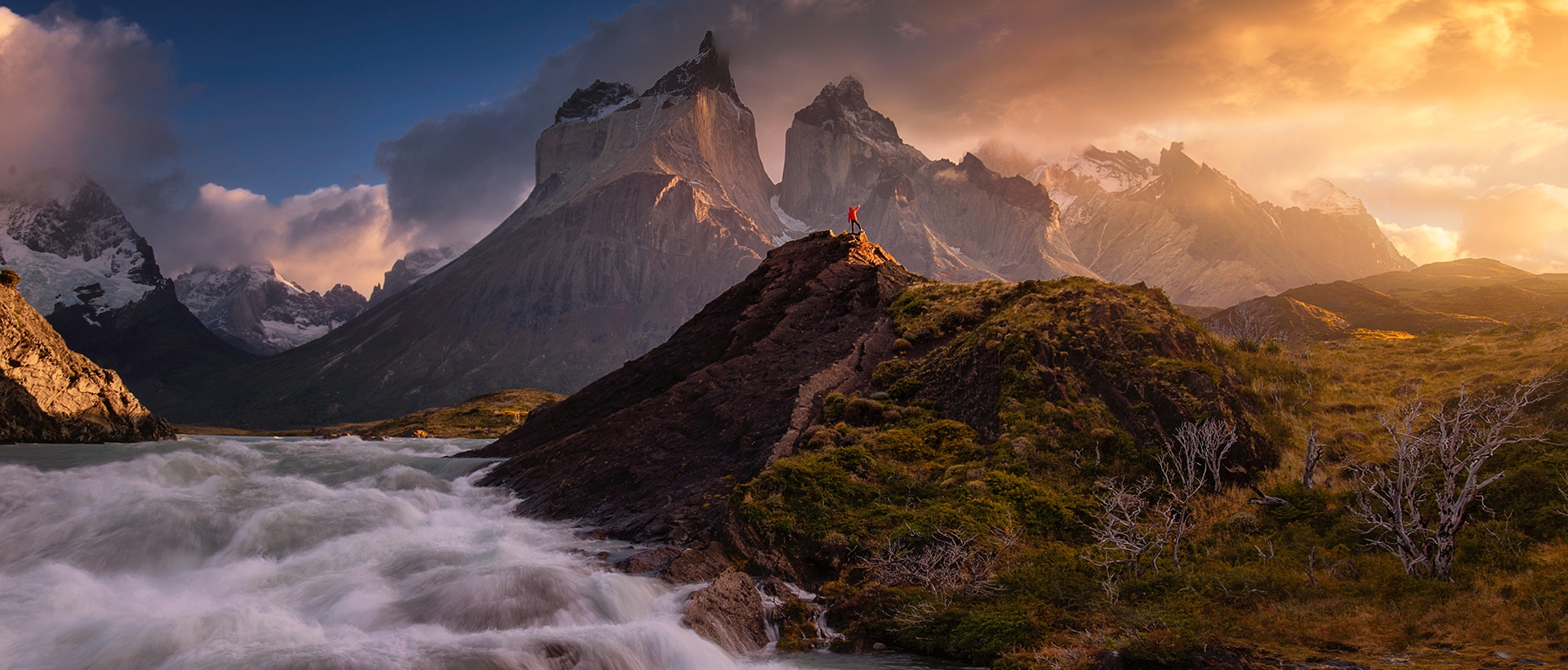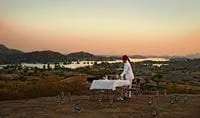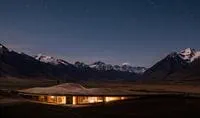Best Time to Visit Chile
Determining the best time to visit Chile really depends on what you want to experience when you are there. Due to its length and topography, Chile’s north, central and southern regions have different climates. Our team of Chile specialists have designed fantastic Chile tours for every month of the year, so if you are tied to a date range there is most definitely an unforgettable Chile holiday for you.

Easter Island is a comfortable year-round destination. The peak tourist season runs from January to March. Prices are highest and accommodations scarcest during this period, especially during the Tapati Rapa Nui festival. The rest of the year is less crowded and at times you'll have the whole island to yourself. July and August might be a bit chilly for some tastes but it's ideal for hiking.
Southern Patagonia is best visited from November to March when temperatures are milder, but visitors should be prepared for strong winds and changeable weather at any time. It is worth considering travelling outside this time, especially rewarding in April (for autumn colours) or October (for spring flowers) because winds can drop significantly and there are fewer visitors in the National Parks. May to September is winter and many hotels in Southern Patagonia close for the season.
The Lake District has a climate similar to the Mediterranean, with warm short summers, and colder humid winters. Summer (October to March) sees plenty of sunshine and moderate rainfall, and it’s the best time to travel for hiking and riding and water activities. Winter can get very cold but offers unusual activities such as snowshoeing and relaxation in the hot springs.
Santiago has a temperate-warm climate, with pleasant temperatures most of the year. December, January and February are the best months to travel, as temperatures are warmer at around 23 °C and tend to be drier. October/November and March/April are also good times to visit Santiago. The average minimum temperature in July and August is around 8 °C.
The Central Valley enjoys a temperate Mediterranean climate from Mid-October to April with cooler temperatures and higher rainfall from May to September. The wine harvest takes place in March.
Northern Chile is a year-round destination but its weather, particularly in the Atacama Desert, is affected by the high altitude with temperatures fluctuating dramatically from day to night. In winter (June, July and August) the average temperature is 22ºC during the day and at night it drops to around 4ºC. In summer (December to February) the temperature varies between 30ºC during the day and 16ºC at night. During these months, the temperature can reach 32ºC. There can be some rain between January-March.
Antarctic weather is a lesson in extremes. Antarctica is the world’s coldest, windiest and driest continent. During the summer months the winds abate considerably and the weather is surprisingly comfortable, averaging between 20 and 50F (-6°c - 10°c). Summertime also means 18-24 hours of sunlight which allows life to flourish for a brief summer period. Long days also allow extensive exploration by small ship cruise to Antarctica. Antarctic weather allows for a short season of cruising from November to March each year.
Monthly Climate Guide for Chile
, Chile
Average temperatures (Celsius) and rainfall (mm)

Our team of travel specialists are waiting to help you book your next adventure.
Why Scott Dunn?
Unique to You

- We listen to your travel goals and craft unique trips that are bespoke to you.
- We’re with you every step of your life’s travel journey, from honeymoons to family trips and beyond.
Seamless Service

- Global offices in the UK, US, and Singapore for 24/7 seamless service.
- We offer flexibility if your plans change so you can book with confidence and peace of mind.
Carefully Curated Collection

- We’ve curated an elevated collection of accommodation, experiences, and guides.
- Committed to fostering close global relationships to continue bringing you unique experiences.
Luxury in Every Sense

- We deliver a sense of luxury that matters most to you.
- Awarded Condé Nast Traveller’s Top Travel Specialists in the World 12 years in a row.